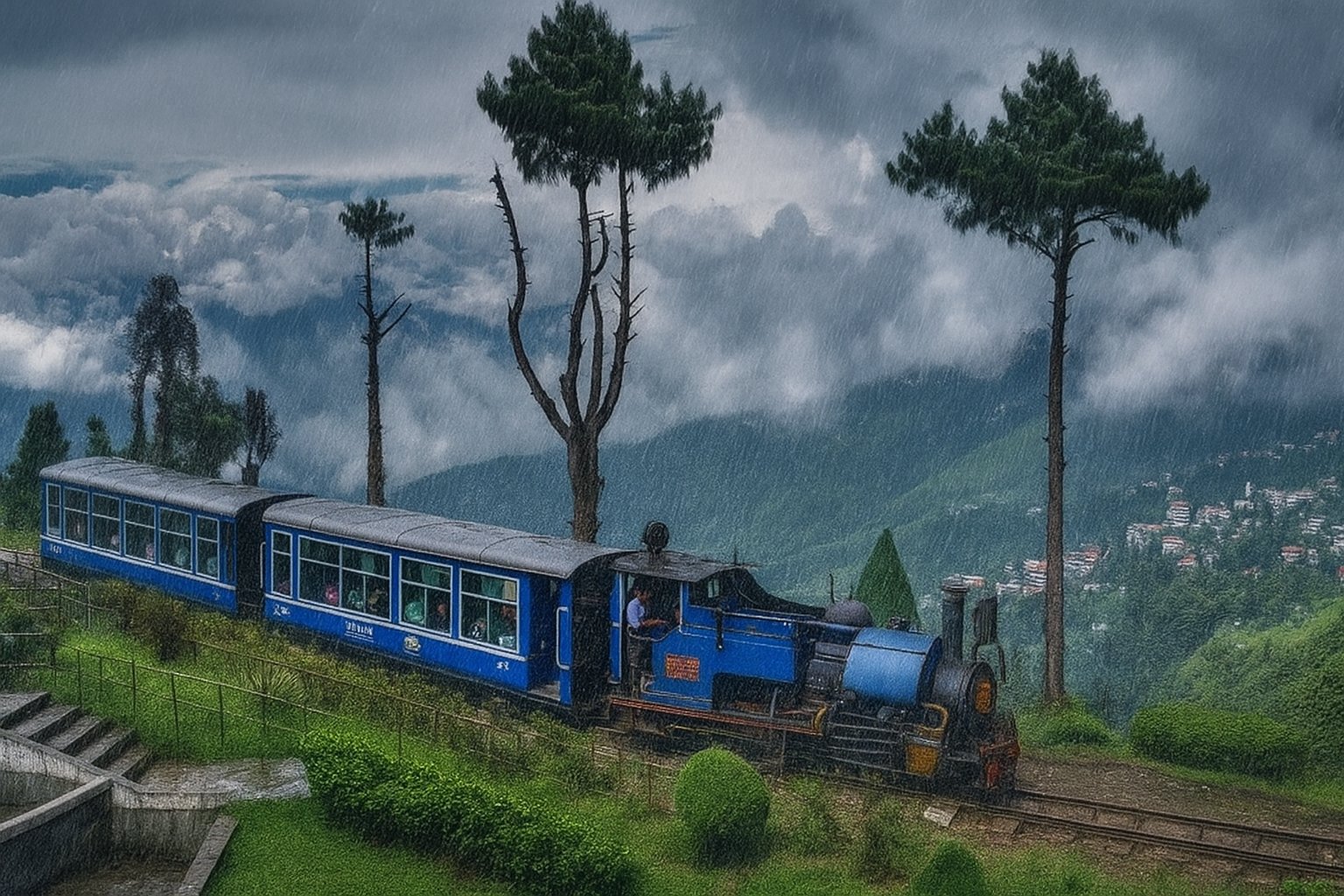History is set to whistle back into the misty hills of Darjeeling. The Darjeeling Himalayan Railway (DHR), a UNESCO world heritage marvel, is preparing to roll out a 130-year-old steam engine once more, just in time for the Durga Puja season.
The centrepiece of this revival is Steam Locomotive Sharp, Stewart & Co: 777-B, a 16-ton relic built in 1881 at the Atlas Works in Glasgow. For decades it thundered, puffed and screeched along the narrow-gauge tracks of the Himalayas, until its retirement in 1957. Since then, the engine has lived a museum life, exhibited in Delhi, admired from afar, but long estranged from the mountains it once called home.
Now, in a gesture both symbolic and historic, the locomotive is returning. Hauled by road from the National Railway Museum in Delhi this month, it will find its way to the Tindharia Workshop, the very cradle where it was restored in 1917, and where the heartbeat of Darjeeling’s toy trains continues to pulse.
“The green signal has already been received,” confirmed DHR Director Rishabh Chowdhury, adding, “Once the engine reaches Tindharia, our team—along with experts from home and abroad, will attempt to bring it back to life. Imagine not just riding in a toy train, but in a living, breathing chapter of railway history.”
The timing is deliberate. During Puja, tourists from across the globe descend on Darjeeling to watch the toy train carve its smoky trail past cliffs and tea gardens. While the DHR has introduced new services such as the Jungle Tea Safari and Kurseong–Mahanadi rides, nothing quite rivals the sight of a steam engine labouring against the Himalayan incline.

Also read: Darjeeling toy trains to soon begin magical Vistadome night rides
“World Railway Day is approaching,” said Samrat Sanyal, editor of the Himalayan Hospitality Travel and Tour Development Network. “If the DHR receives such a gift at this moment, it will be an extra treat, not only for tourists but for heritage itself.”
The 777-B engine, one of just 32 built in its series, has lived many lives, first in Himachal Pradesh, then in Darjeeling, and later behind glass in Delhi’s museum. Its return carries with it a sense of poetic justice, a wheel of history turning full circle.
The Tindharia Workshop, built by the British in 1913 and expanded in 1927, will once again play midwife to this resurrection. Spread across 6,670 square metres, it remains the backbone of the DHR, housing and maintaining 13 steam engines that still rattle up and down the hills. Each is a survivor, a soot-streaked storyteller of colonial-era engineering.
If the 777-B can be coaxed back to working order, officials have hinted at larger ambitions: the restoration of other forgotten engines lying idle in Guwahati, Howrah and Delhi.
For now, Darjeeling waits with bated breath. Soon, tourists may again lean out of wooden train windows, soot on their faces, as the mountains echo with the whistle of a locomotive that has refused to die.




